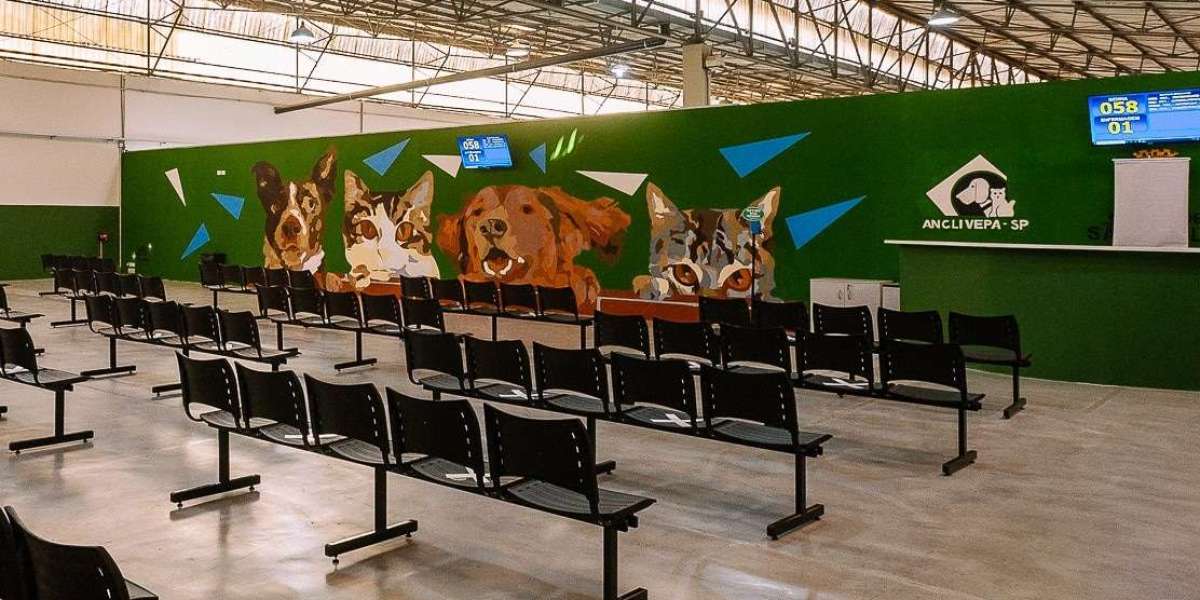Capturing attention in today’s competitive market requires more than static images or traditional ads. Consumers want to see products in action—how they work, what makes them unique, and why they should care. That’s where product animation steps in. By combining visual storytelling with motion graphics, brands can showcase their offerings in a way that’s both engaging and informative. Whether for tech gadgets, luxury goods, or industrial equipment, animation adds depth, energy, and clarity to product marketing.
What Exactly Is Product Animation?
Product animation refers to the use of 2D or 3D motion design to visually represent a product, its features, and its functionality. Unlike live video, which relies on real-world footage, animation is built entirely in a digital environment. This allows creators to manipulate every element, from lighting to perspective, ensuring the viewer focuses exactly where the brand wants. It can be as simple as an animated walkthrough or as complex as a full cinematic sequence that highlights every detail of a product’s design.
Why More Brands Are Turning to Animated Visuals
Static visuals often fall short when trying to explain intricate product functions. Animation fills that gap, helping customers understand how a product works before they even touch it. With increased demand for clarity in e-commerce and online sales, animation bridges the gap between physical interaction and digital presentation. It also improves conversion rates, as viewers are more likely to make a purchase when they fully grasp a product’s value and operation.
Types of Product Animations Used Today
Different products call for different animation styles. Some brands opt for photorealistic 3D animations that mimic real-life textures and lighting, giving the product a lifelike appearance. Others use stylized 2D animation for a more graphic or illustrative approach, often effective in tech explainers or mobile apps. Then there are hybrid animations that combine real footage with digital overlays, providing a futuristic yet grounded look. Regardless of style, the goal remains the same—bring the product to life.
Enhancing E-Commerce With Interactive Animations
Online shoppers often hesitate to buy when they can’t visualize how a product works or fits into their life. Animation solves this by offering interactive features like 360-degree spins, exploded views, or animated sequences triggered by user actions. On e-commerce platforms, these dynamic visuals not only capture interest but also reduce return rates, as customers have a clearer expectation of what they’re purchasing. They also encourage longer page engagement, which helps with search engine rankings.
Simplifying Complexity Through Visuals
Some products are just too complex to explain with photos or text. Think of advanced electronics, mechanical tools, or multifunctional devices. Digital Marketing Agency Dubai these down into understandable components, showing how each part interacts or serves a purpose. This is particularly useful in B2B or industrial marketing, where decision-makers need clarity over flair. Animations offer a clean, professional way to showcase high-functioning or multi-layered products without overwhelming the viewer.
Faster Prototyping and Pre-Launch Marketing
Before a physical prototype is ready, businesses can use animation to visualize concepts for internal reviews, investor presentations, or even early marketing campaigns. This gives startups and product developers an edge—speeding up decision-making, gathering early feedback, and building excitement before the item even hits the market. With animation, the development cycle becomes more agile, and stakeholders can see what’s coming well in advance.
Animation in Social Media and Paid Ads
Social platforms favor motion. Scrolling users are more likely to stop and engage with an animated visual than with a static post. For brands running paid campaigns, product animations can be tailored to each platform—short loops for Instagram Stories, dynamic walkthroughs for LinkedIn, or full-length explainers for YouTube. These animations communicate more in a few seconds than a traditional ad ever could, making them ideal for time-limited formats and attention-driven environments.
Supporting Sales Teams With Animated Assets
Sales professionals often need to explain products quickly and effectively. Having a short animation on hand can turn a cold pitch into a visual experience. Whether sent via email, used in presentations, or displayed on tablets during meetings, animations help communicate benefits instantly. They also serve as consistent, repeatable tools that ensure every member of a sales team delivers the same high-quality message, regardless of presentation skills or product complexity.
Customization and Branding Possibilities
One of the advantages of animated content is its flexibility. Every element, from the color palette to transitions, can be customized to match brand guidelines. Typography, tone, and even music or narration can be carefully selected to reflect the company’s personality. This level of control is rare in live video production and allows brands to keep visuals cohesive across product lines, departments, and campaigns. It also enables regional versions to be created quickly with language swaps or localized visuals.
Cost vs. Value in Product Animation
While animation may seem like a higher upfront investment, its long-term value is substantial. Unlike physical video shoots that require travel, actors, and location planning, animation can be edited, reused, or expanded at minimal additional cost. Need to add a new feature to your animated video? Update the file. Want to extract 10 shorter clips from a single animation? It’s simple. The scalability and reusability of animation make it a smart choice for brands planning sustained marketing strategies.
Working With the Right Creative Team
Creating a product animation isn’t just about software—it’s about storytelling, design, and strategy. The best animations come from collaborative efforts between marketers, designers, 3D artists, and motion experts. A good agency or animation studio will understand your product, your audience, and your brand language before a single frame is drawn. They’ll also involve you at every stage, from scriptwriting and mood boards to final animation and post-production feedback.
Animation and the Future of Product Marketing
The rise of virtual shopping, immersive experiences, and augmented reality has placed animation at the center of modern product marketing. As consumers demand richer, more interactive content, the need for animated product visuals will only grow. Brands that adopt these tools today position themselves ahead of the curve—ready to meet their audience where they are and tell their stories with precision, flair, and emotional impact.







